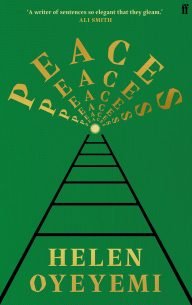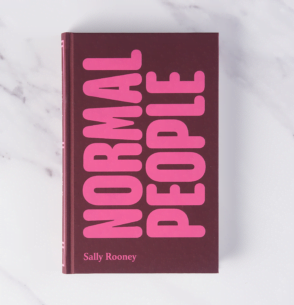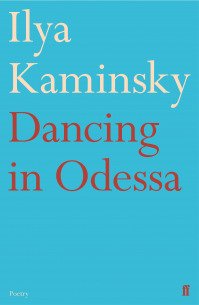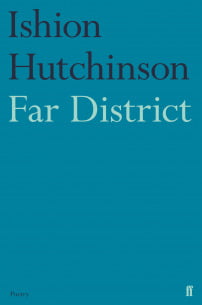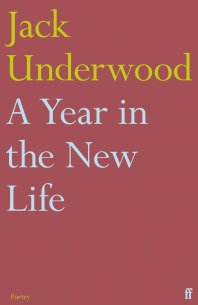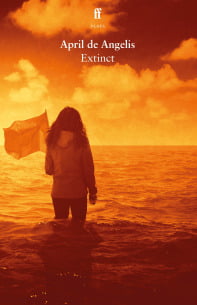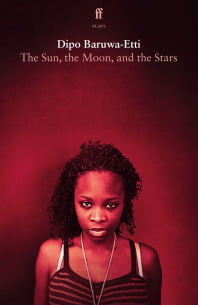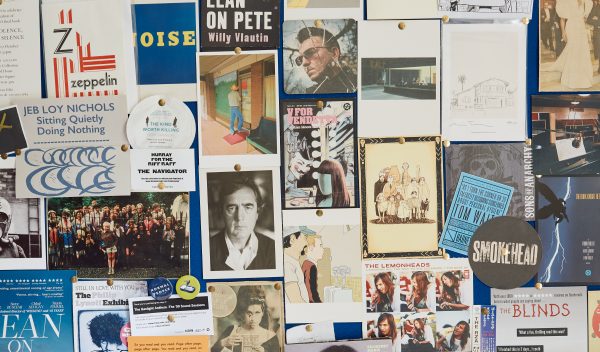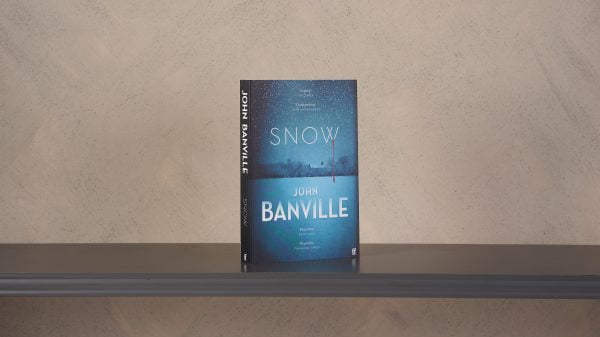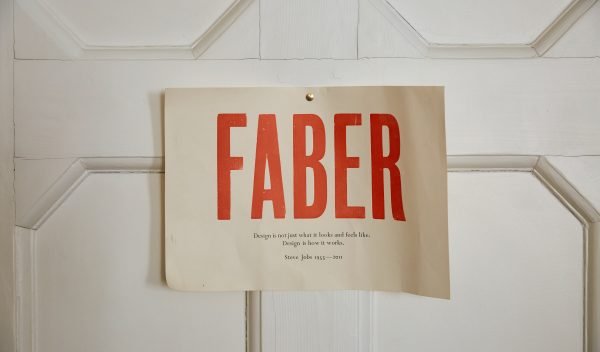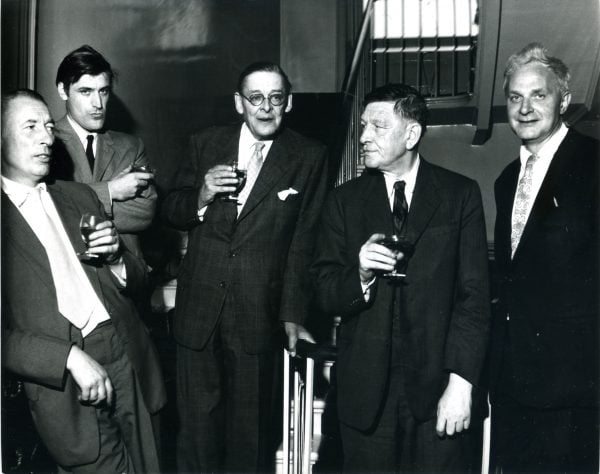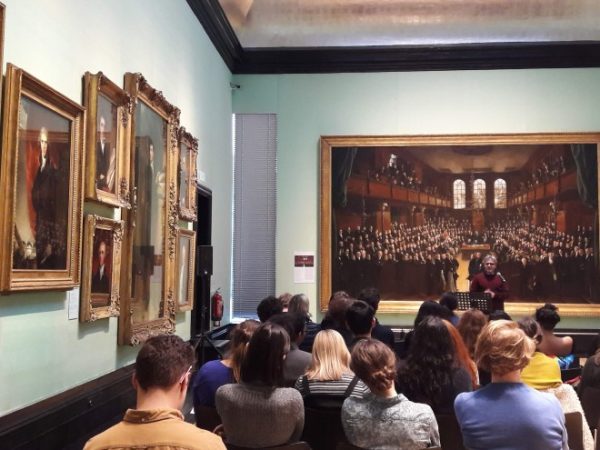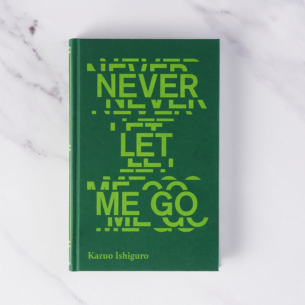


William Atkins vs the desert
This is an extract from William Atkins’ book The Immeasurable World: Journeys in Desert Places, taken from the chapter covering his trip to the Burning Man festival in the Black Rock Desert.
John C. Frémont had no desire to settle the desert, nor any expectation that it might be made to bloom as the boosters would promise; he wished only to find the safest route from one side to the other side by land or by river. His party of thirty-nine left Kansas City on 23 May 1843. Two thousand five hundred kilometres from here. ‘Our cavalcade made a strange and grotesque appearance and it was impossible to avoid reflecting upon our composition in this remote solitude.’ His objectives were both to map the Oregon Trail to the Pacific coast and to locate the course of the San Buenaventura River, which, the best maps informed him, represented ‘a connected water line from the Rocky Mountains to the Pacific Ocean’. It was a kind of mirage.
In Frémont’s wake, some 300,000 migrants would follow. His party entered the Black Rock Desert from the north on New Year’s Day 1844: ‘The soil in many places consists of a fine powdery sand, covered with saline efflorescence; and the general character of the country is desert. During the day we directed our course towards a black cape, at the foot of which a column of smoke indicated hot springs.’ This was Black Rock Point, which they reached the following day. Other than tufts of coarse salt-grass, Frémont beheld a ‘perfect barren’, while the ‘jagged, broken point’ towering over the hot springs had ‘a burnt appearance – cinders and coal occasionally appearing as at a blacksmith’s forge’. He was right: Black Rock Point – 180 metres and the only dark point in a world of pastels – is an intrusion of volcanic andesite weathered into something resembling an ironworks’ slagheap. He woke to find the desert covered by snow and a thickening fog. ‘The appearance of the country was so forbidding, that I was afraid to enter it.’
What I usually want to do at parties, after an hour or two, is lie somewhere quiet and read a book; here, at the most excessive party on earth, that instinct was intensified. It made me uneasy to be in a setting that was fundamentally tranquil – that was in fact the apogee of tranquillity – but which had been occupied by an administration that trapped its participants in a state of constant stimulation. Maybe it was partly this unease, this desire to flee, that caused my awkwardness, along with the knowledge – which neither I nor my campmates could quite ignore – that while they were here to be Burners, I was here in a more speculative role. Whether I liked it or not, I was precisely what Burning Man discouraged: I was a spectator, although my mind was less on what was happening in Black Rock City than on the desert and the mountains outside the trash fence. My instinct, often, was to escape the music and the people and the excitement, and the closest thing to escape was to cycle far beyond the Man and the Temple, to the perimeter of the site, which was marked by the trash fence. The fence was designed to catch litter blown from the city, but in fact there was barely anything alongside it but the odd cigarette butt that had been rolled across the playa by the wind. Its more important purpose was to mark the limit of the permitted zone. The Black Rock Desert on the other side might be public land for the rest of the year, but for the duration of Burning Man it was off-limits, and to be found there was a federal offence.
As well as a desire to safeguard Burning Man LLC’s investment by preventing unpaid access, there was the question of safety. This wasn’t San Francisco: despite its flatness, it was easy to lose your bearings on the playa, even to lose the city itself, and the dangers of dehydration and heatstroke were real. These were exacerbated, of course, when everyone was fucked up. We had to be watched like toddlers on a beach, stoned toddlers. Somewhere far out on the site, between the Man and the outer fence, I nearly cycled over a skeleton, a full-sized anatomical model half-immured in dust and adorned in pink boa, tutu and fur legwarmers. This was what would happen to those who strayed.
Bicycle was how you got around in Black Rock City. I would sit at our camp over breakfast and watch as, minute by minute, the flow of bikes crossing the adjacent crossroads grew denser, until it seemed impossible that there should not be a pile-up. And yet the intersecting flows continued smoothly as a military display. The bicycles were mostly second-hand or fifty-dollar models from Walmart and were as much a part of the scene as the mutant vehicles. It was sensible to lock your bike to prevent it from being misappropriated by someone who wanted to get somewhere and whose own bike had been misappropriated by someone else. My own, a lady’s, was one of a lorry-load brought to the playa by Badger Bob and was garlanded with plastic flowers and holographic tape from a previous year’s Burning Man. Three soft toy turtles were tethered to its basket and it was lit by a string of battery-powered fairy lights.
To reach the fence you had to cycle for twenty minutes or walk for twice that. On the way I passed three words four metres tall standing in a circle: ‘believe’, ‘love’, ‘dream’; and a yellow rubber duck the size of a house; and a canvas chapel crowded with naked people in wedding veils. As I left the Man behind, the artworks and mutant vehicles became fewer and fewer, until there was just the playa and the occasional lone cyclist suddenly emerging from the dust. Sometimes the dust would close in, and your ambit of vision was reduced to a mere disc; there was nothing to see but the dust and yourself and the playa surface under your wheels, which was not featureless: it was cracked, tessellated; here and there were miniature crescent-shaped dunes, ‘playa serpents’, raised only a few centimetres but enough to bog a bike to a standstill.
The fence was fifteen kilometres long and encircled the site in the shape of a pentagon. Outside each of the pentagon’s corners was a Land Cruiser occupied by Bureau of Land Management agents or Black Rock Rangers. I would sometimes raise a hand to them, but they would never acknowledge me. The Black Rock Rangers had been established by Burning Man as a search-and- rescue body in the days before the containing fence and the scrutinised perimeter. Their role – the name alluded to the Texas Rangers, the old border guard – was to ‘ensure the collective survival of the community’ and ‘address situations . . . that would otherwise require outside intervention’. To that extent they were Black Rock City’s police; but the police of Pershing County and wider Nevada were present, too, of course, as certainly were the FBI, even if they did not advertise their presence. You rarely saw a police uniform or vehicle, but you were warned never to accept drugs from a stranger, who might be an undercover cop, and along with your tin mug it was invariably necessary, even for those of us whose beards were turning white, to present ID when being served at a bar. La Mancha’s had been stung, years before, when an undercover agent two months below the age limit had been handed a margarita. The police, having other priorities, failed to show up to the court hearing in Reno and the charge was dropped, but it had still cost the camp hundreds of dollars. It was part of my duties as barman to ID people. It felt incongruous, but this was not another planet, it was not even an island. On the first day a woman from a nearby camp was apprehended at the gate with the entire cohort’s drugs for the week concealed in her car, thousands of dollars’ worth of Ecstasy, LSD, GHB, ketamine and coke. The camp would suffer a straight week (a prospect as horrifying to them as scuba diving without an air cylinder); she, on the other hand, a trans woman, would be in prison for years.
The Black Rock Rangers were not operatives of the state, but they enjoyed the authority we granted them and, as a subdivision of the city’s Playa Safety Council, took their duties seriously. They went around coupled in golf carts, and dressed like scouts, in khaki and beige adorned with badges, albeit they had more piercings than is common among scout leaders. There were those Burners who wished to disrupt the smooth running of the week, anarchist factions disapproving of Burning Man’s increased orderliness and commercialisation. At each of the city’s intersections, road-signs had been installed at the start of the week by the Department of Public Works. The DPW was the Burning Man institution responsible for building and dismantling the city’s infrastructure and ensuring the playa was spotless afterwards. Within days the signs had been surreptitiously erased or painted over or removed altogether, as happened every year, so that by the end of the week it was often necessary to stop and ask where you were (‘Black Rock fucking City, man!’), especially when the Man himself was no longer there to mark the centre. Those responsible for the vandalism were not admired (it was annoying), and were taking a risk given the DPW’s reputation as meters-out of extrajudicial punishment, but their lawlessness was truer to Burning Man’s founding spirit.
From the east came a mournful horn, a sound I had heard the morning before but had not identified – a freight train on the Union Pacific railroad three kilometres away. The playa’s surface was cracked into irregular polygons, like the claypans of Australia, and as I looked out at the jigsawed surface beyond the fence, I was again reminded that in uniformity and repetition can be an intimation of the infinite. But then from the west, where the city lay, a snatch of idiot techno reached me, carried across the playa like a migrant bird blown off course. With it came a whiff of barbecue; a whiff of piss.
There was no real respite; only if you accepted the chaos could you forestall despair. Trying to keep the dust out of your tent, for instance, was futile to the point of madness. You could duct-tape the seams and lay down a protective sheet before zipping up each morning, but the dust was as invasive as water, as air. ‘It’s so fine,’ Papa La Mancha assured me, ‘that it’ll permeate the membrane of your lungs and enter your bloodstream. It’ll seep from your palms for months. You’ll see. It’ll stay in your body forever.’ He was exaggerating, but weeks later, back in Arizona, it was still trickling from my ears like sand from a conch shell. The dust was part of Burning Man mythology; as much as the heat: the way it penetrated you and ruined your skin – ‘playa foot’, ‘playa hand’ – and caused your hair to stand on end and your nasal membranes to scab over and bleed. It was easy to forget what the dust was: the mountains crushed and washed down into this basin, winnowed by wind and water and laid down thousands of metres deep. This was what we were breathing. Again this feeling that the desert sought to assimilate those who entered it, to turn them from organic to mineral, as marine organisms are turned to limestone.
On the way into the site, I’d been pulled up by a Black Rock Ranger who, identifying me as a Burning Man virgin, instructed me to lie face-down on the playa and flap my arms to form a ‘playa angel’ in the dust. I rose, spitting and caked in white, and looked at the shape I’d made: a drowning person, waving for help. A man in blue rubber chaps embraced me. ‘Welcome home, brother, welcome home.’
The Immeasurable World by William Atkins is out now in hardback and ebook.
